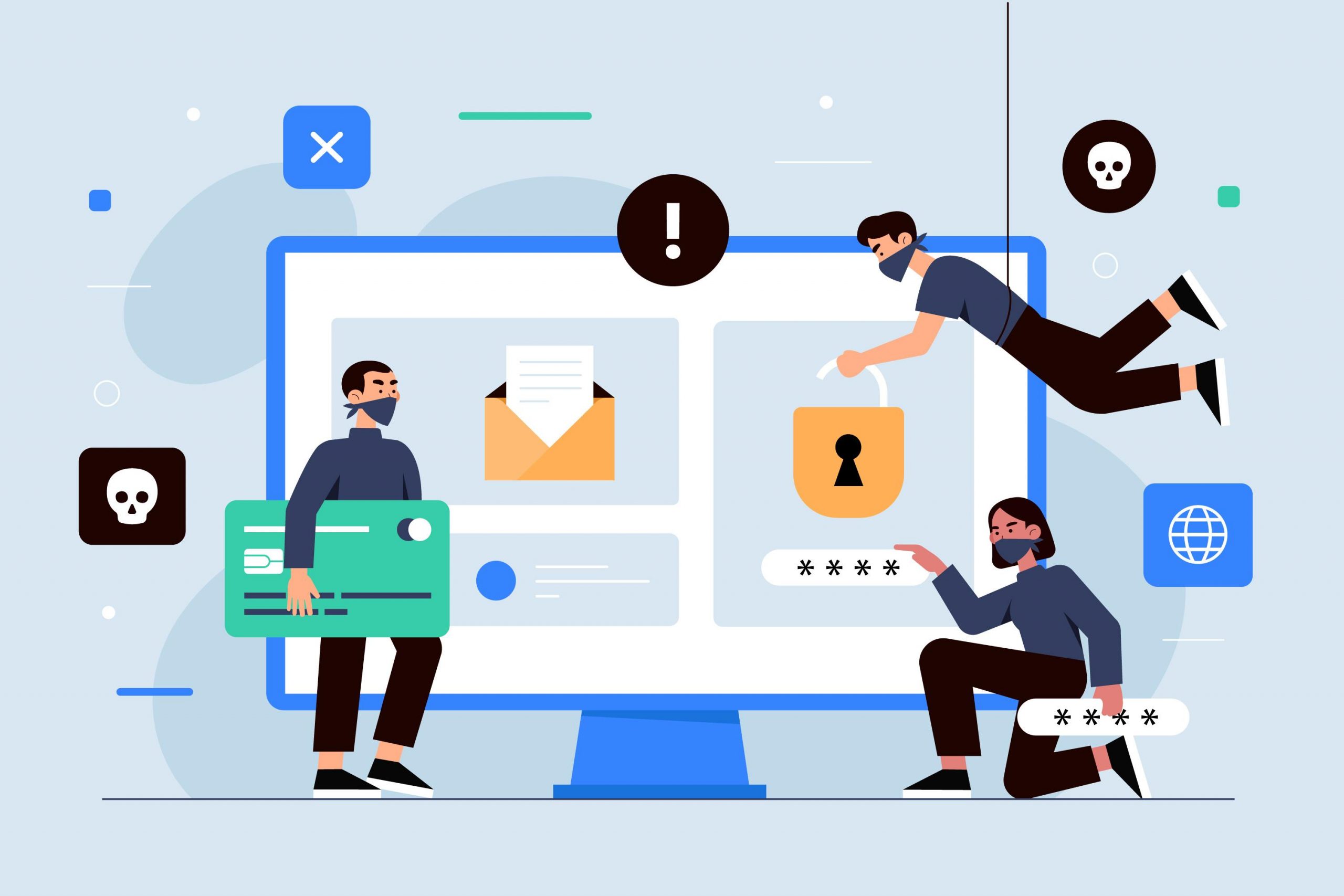Phishing attacks have become a widespread threat in today’s digital age, targeting individuals and businesses alike. Cybercriminals use these attacks to trick victims into providing sensitive information, such as passwords, credit card numbers, or other personal data. Knowing how to identify and prevent these attacks is crucial for maintaining your online security. This guide will help you understand the common signs of phishing attacks and how to avoid falling victim to them.
1. Recognizing Attacks in Emails
One of the most common methods of phishing attacks is through email. These emails often appear to be from legitimate organizations, but they contain subtle clues that reveal their malicious intent. Watch out for poorly written messages, suspicious links, and unexpected attachments. If an email asks you to provide personal information or urges you to act quickly, it’s a potential phishing attempt.
2. How Phishing Attacks Target Your Personal Information
In phishing, cybercriminals often create fake websites that mimic legitimate ones to steal your personal information. Be cautious when clicking on links, especially from unsolicited messages. Always double-check the URL for inconsistencies and ensure that the website is secure (look for “https” in the address bar).
3. Protecting Your Business
Businesses are often targeted by phishing, especially through social engineering tactics. Educating employees about phishing is essential to safeguarding your company’s sensitive data. Implementing email filtering systems, two-factor authentication, and regular security training can significantly reduce the risk of falling victim to these attacks.
4. Avoiding Attacks on Social Media
Phishing attacks can also occur on social media platforms, where scammers pose as friends or trusted organizations. Avoid clicking on unfamiliar links and be cautious about sharing personal information publicly. Regularly updating your privacy settings and reporting suspicious accounts can help protect you from social media phishing schemes.
Conclusion
Phishing attacks are a growing threat, but by staying vigilant and taking proactive measures, you can protect yourself and your business from cybercriminals. Recognizing phishing emails, verifying websites, and safeguarding your social media presence are essential steps to staying secure online. For more insights on staying safe from phishing attacks, visit Bedots.



